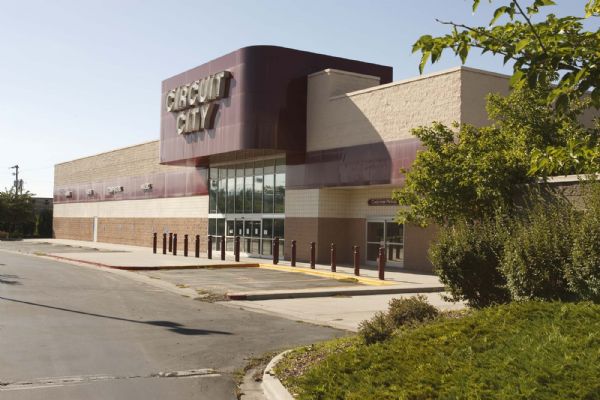This is an archived article that was published on sltrib.com in 2009, and information in the article may be outdated. It is provided only for personal research purposes and may not be reprinted.
LDS Church officials are planning to close a Deseret Industries thrift shop in Sugar House and move the outlet a few blocks west to the old Circuit City big-box store near 700 East and 2100 South.
Plans also include purchasing an adjoining parcel and demolishing a historic mansion on the site, located northeast of the former Circuit City property.
Although neither sale has been completed, both parcels currently are under contract.
A spokesman for the LDS Church declined to provide information about the project. But Randy Mendenhall, project manager for the Deseret Industries (DI), and architect Craig Ames discussed the development earlier this month during a meeting of the Sugar House Community Council.
Plans call for expanding the existing Circuit City building, using architectural plans that are standard to other DI thrift stores. The entrance to the new Sugar House store would be moved slightly west but still be on the south side of the building. And the store parking lot will have 250 spaces, according to council meeting minutes.
Council Chairwoman Maggie Shaw said members favor relocating the DI thrift store to ease traffic congestion along Highland Drive.
"Traffic is a nightmare at the store, especially on Saturdays when people bring in things left over from yard sales," said Shaw. "We also are happy that the Circuit City building won't be sitting vacant -- but we do have some concerns."
Members want architects to create a pedestrian-friendly zone and install windows on the building's blank wall on the side that faces 2100 South. Some members also are concerned that the mansion at 774 E. 2100 South is to be torn down, she added, "especially since we've already lost so many historic buildings."
The mansion, located on a three-quarter-acre site, is used as offices for Bodell-Van Drimmelen & Associates Appraisers Consultants.
Property owner Martell Bodell said that after he purchased the site more than 20 years ago, he gutted the home's interior and remodeled it as an office building. Although "it breaks our hearts" that the mansion likely will be demolished, he said, he signed a contract with LDS Church officials because "the highest and best use of the property is commercial."
The two-story mansion was built by carpenter Hyrum J. Jensen in 1911 for his wife, Bodell, and their family. Jensen built several hundred apartments, homes and offices in the Salt Lake Area and opened a lumber store in Sugar House, according to a Salt Lake City Planning Commission survey.
His son, Hyrum Angus Jensen, who helped in the family business, lived in the home until the 1940s.
State architectural historian Cory Jensen described the Jensen home as "Victorian eclectic." The brick home has a two-story porch supported by heavy square columns. Salt Lake County records valued the property at nearly $587,000.
The Sugar House area is known for its early-20th-century bungalows, cottages, Tudors and a sprinkling of Victorians, according to the community council's Web site. House sizes average 2,100 square feet with prices starting about $365,000.
dawn@sltrib.com" Target="_BLANK">dawn@sltrib.com







